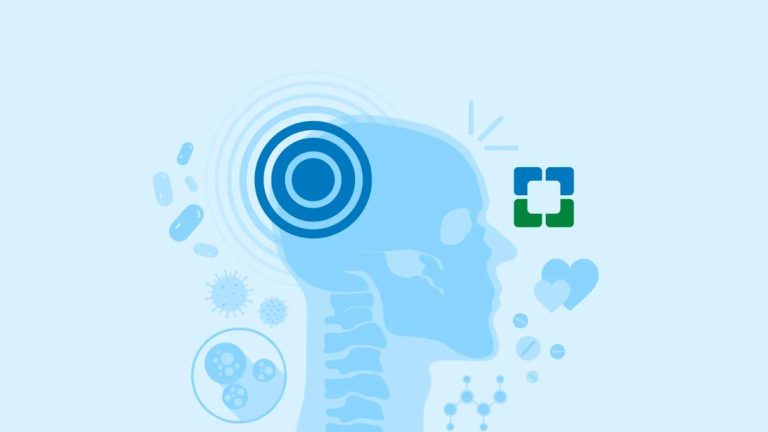How does laser skin resurfacing work?
There are two forms of laser resurfacing. First there are carbon dioxide (CO2) and erbium lasers. These lasers create a uniform injury to your skin in the treatment area. The other form of laser resurfacing is called fractionated CO2 laser therapy. Fractionated CO2 laser resurfacing involves using the laser to drill several narrow columns of holes deep into the layers of your skin, but leaving the surrounding skin raw and intact.
CO2 laser reset
CO2 laser resurfacing has been used for years to treat different benign and malignant skin conditions. A newer generation of CO2 lasers uses very small pulsed light energy (hyperpulse) or continuous light beams delivered in a scanning pattern to very precisely remove thin layers of skin with minimal heat damage to surrounding structures.
CO2 laser resurfacing has been used successfully to treat wrinkles and scars, as well as other benign skin growths such as warts, birthmarks, rhinophyma (enlarged oil glands in the nose) and other skin conditions.
CO2 laser recovery time is up to two weeks.
Erbium laser reset
Erbium laser resurfacing is designed to remove superficial and moderately deep lines and wrinkles on your face and should only require local anesthetic. This laser can also be used on your arms, neck or chest. One of the advantages of erbium laser resurfacing is minimal injury to the surrounding tissue. This laser causes fewer side effects than CO2 lasers, such as swelling, bruising, and redness, so your recovery time should be faster.
If you have a darker skin tone, erbium laser resurfacing may be a good option for you.
Recovery time with erbium laser resurfacing is one full week.
Fractional laser refacing
Because the fractional CO2 laser emits many narrow columns of laser light into your skin, much of your skin is not injured. Your skin tightens as the collagen between the laser treated holes contracts. The advantage of this type of laser is that less skin is injured. The danger is that because the laser light penetrates deeper than other lasers, there is a greater risk of complicated healing and scarring.
Recovery time with fractional laser resurfacing is one full week.
Your doctor will determine which type of laser resurfacing treatment is best for you after a complete evaluation of your medical history, current physical condition, and desired results.
What can be expected during and after laser skin resurfacing?
In general, all forms of laser resurfacing are done on an outpatient basis, using local anesthesia combined with oral or intravenous sedation. Wrinkles around the eyes, mouth or forehead can be treated individually or laser ablation can be performed over the entire face. Here’s what to expect during and after the respawn:
- The areas of the face to be treated are numbed with a local anesthetic. General anesthesia can be used when treating the entire face. A partial laser facial ablation takes 30 to 45 minutes and a full face treatment takes 1-1/2 to 2 hours.
- Your face or the area to be treated should be thoroughly cleansed.
- After laser resurfacing, a non-adhesive dressing is applied to the treatment sites for 24 hours. You will then clean the treated areas two to five times a day with saline or a diluted vinegar solution (see instructions below). An ointment such as Vaseline® or moisturizers such as Eucerin® or Aquaphor® are then applied. The purpose of using ointments or creams is to prevent the formation of scabies. Generally, the areas heal in five to 21 days, depending on the nature of the condition treated and the type of laser used.
- Once the areas have healed, makeup can be worn to camouflage the pink to red color that generally occurs after laser skin resurfacing. Green-based makeups are especially good options for camouflage, as they neutralize the red color of your skin as your skin heals. Oil-free makeup is recommended after laser resurfacing. Redness in laser-treated spots generally disappears in two to three months, but may take six months to a year to disappear. Redness generally persists longer in people with blonde or red hair.
- If you have a darker skin tone, you have a greater risk of healing with darker pigmentation (hyperpigmentation). A whitening agent after laser skin resurfacing may be used to lighten your skin color. Your doctor will consult with you.
How should I prepare for laser skin resurfacing?
- Avoid tanning or heavy sun exposure and use a broad-spectrum sunscreen daily for four weeks before treatment.
- Avoid deep facial exfoliation procedures for four weeks prior to treatment (for example, strong chemical peels, laser resurfacing, dermabrasion).
- Do not use drugs that cause photosensitivity (such as doxycycline, minocycline) for at least 72 hours before treatment.
- If you have a history of herpes (oral sores, genitals) or shingles in the treatment area, tell your doctor and start your antiviral medication (valaciclovir, acyclovir) as directed (usually two days before treatment and continue for three days after treatment).
- To prepare your skin for laser resurfacing, you may be asked to apply a topical retinoid to your skin for about four weeks before the procedure.

